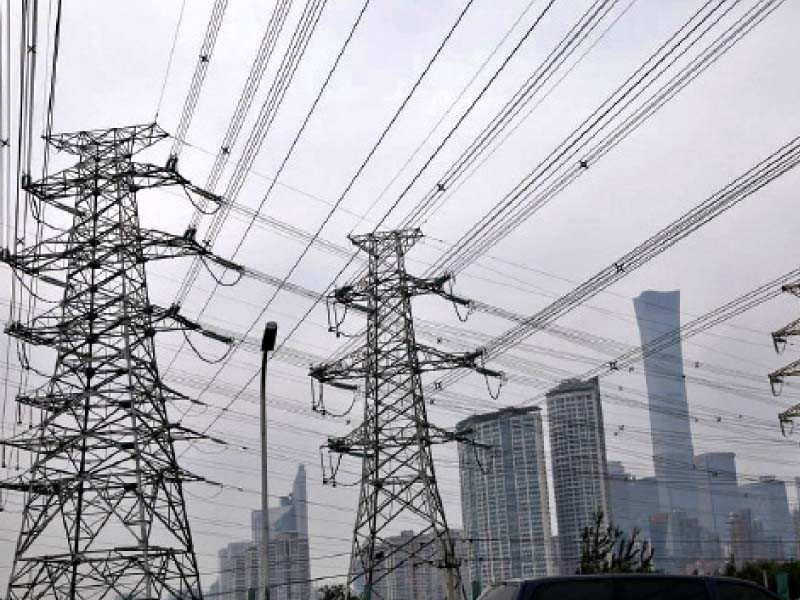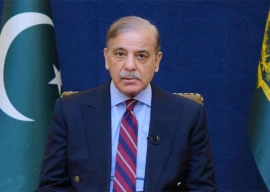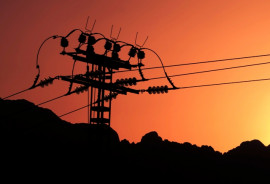
The National Energy Efficiency and Conservation Authority (Neeca) has released a draft of energy efficiency and conservation policy for the review and comments of stakeholders.
The subject of energy efficiency and conservation (EE&C) is not new in Pakistan. Neeca’s precursor Enercon was formed in 1987, which received a lot of USAID technical support and grant financing.
An EE&C policy came in 2006. Quite some reports and documentation work was done but with little impact except for sensitisation and awareness, and development of a cadre of EE&C professionals.
Subsequently, the National Energy Efficiency and Conservation Act was promulgated in 2016, as a result of which Neeca was established, as it exists today.
It has yet to mobilise itself fully by inducting the planned human resources. It has, however, done some foundation work like the preparation of policy document and the development of some useful standards and a labeling scheme.
There seems to be a lot of work in process that has yet to come under public domain. Lessons should be learnt from past mistakes. Many people may like to present an even harsher evaluation of Enercon.
Neeca should explore and study as to what went wrong in earlier efforts and what should not be repeated.
The National Energy Efficiency and Conservation Policy (NEECP) draft report has almost all the features of a good policy. Almost nothing has been left out which, in fact, has invited criticism of some credible experts and institutions – a big agenda.
The defenders may argue that a foundation policy document has to be comprehensive. Due to the bad experience of Enercon, people want concrete output, targets, achievements and impact.
The agenda is big, may be out of necessity, but it does require prioritisation. We have identified some priority areas in the first part of this series.
Building sector, motors and pumps, industrial systems and household electrical equipment are a few areas which, if prioritised, can lead to some achievement in the conservation and efficiency agenda.
Transport and power systems are separate individual subjects, which undertake their own development activities and are determined by international suppliers and companies.
Similarly, the power sector is big enough to undertake its conservation and efficiency projects. Electric vehicles are far away and delving into it from the EE&C point of view may not be a priority or within the capabilities of local systems.
Concrete plan needed
There is a strategic plan (2020-23), which is unnecessarily too big for the time span available. It may be good enough for 10 years. Already through the mid period of the plan, the slippages are evident.
Certainly, money may be pouring in under climate agendas and emergencies. But more than money is required. Thus, a more concrete and prioritised plan is badly needed, which is being felt by many knowledgeable institutional stakeholders.
There is enough on agenda as described by the policy itself – Minimum Energy Performance Standards (MEPS), energy labeling schemes, Energy Information Clearing Houses, energy audit, technical services and support, financing policy support, etc.
Unless I have missed to read it, there is an important item that has been missed out. Development of model and pilot facilities is badly required.
For example, model energy-efficient buildings in all major towns may go a long way in developing understanding of the benefits and the processes required. Insulated walls and roofs, glazed windows, solar PV and water heaters and other energy-efficient devices could be shown and demonstrated in such model houses.
The most useful work yet carried out by Neeca is the development of an energy efficiency labeling scheme. Energy efficiency labels (ECL) give ample guidance to the consumer/ buyer to compare price vs energy consumption aspects of the product.
Most household equipment is under Neeca’s ECL scheme. Fans sector is at an advanced stage of implementation. This would create market pressure for energy efficiency.
Energy-efficient products and producers would get market preference in terms of better prices and market share in the medium to long term.
In the energy efficiency business, consumer awareness is a major issue. Ordinary citizens are the main actors in most items.
Their decisions and perceptions create market pressures, although it may work both ways sometimes – supply creates demand and demand creates supply.
Industrial and business customers and users may have the resources and skills to acquire knowledge and information. However, in developing countries like ours, mostly there are SMEs which have to be taught and informed.
Thus, communication and extension activities should form a major part of the institutional conservation efforts. Electronic media and advertisement can play a very effective role. Sufficient budgetary resources should be provided in this respect.
Neeca will continue to suffer from institutional mismatch as it is part of the Power Division. Neeca’s conservation agenda seems to have focused more on electrical side, while it is a much broader agenda.
However, with the Power Division being part of the Ministry of Energy, the bottlenecks may be lesser. Let us hope that we succeed this time around as the energy and climate challenges are mounting.
The writer is former member energy of the Planning Commission and author of several books on the energy sector
Published in The Express Tribune, February 28th, 2022.
Like Business on Facebook, follow @TribuneBiz on Twitter to stay informed and join in the conversation.
























COMMENTS
Comments are moderated and generally will be posted if they are on-topic and not abusive.
For more information, please see our Comments FAQ